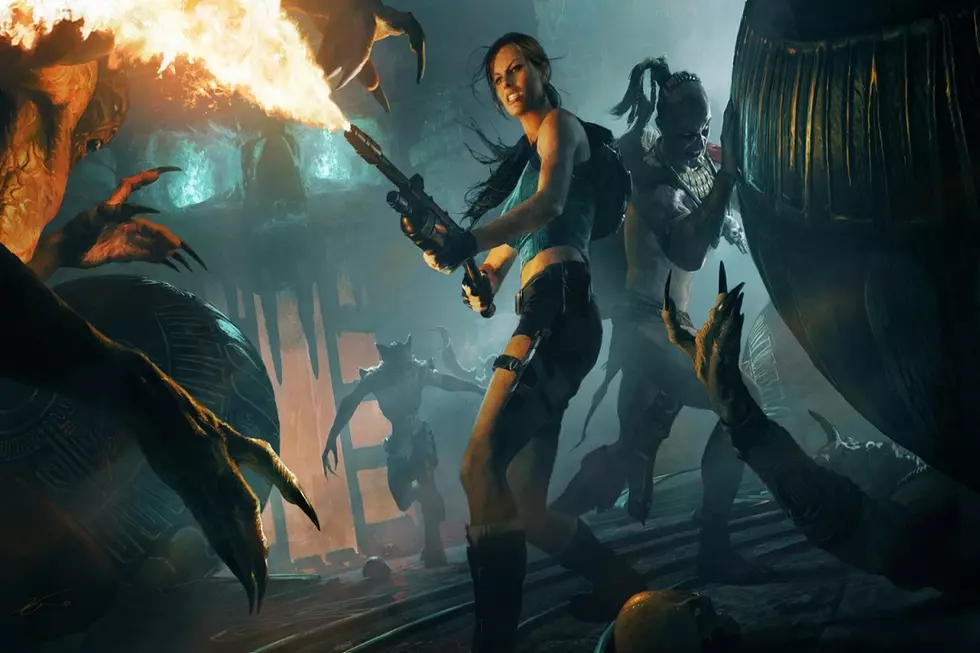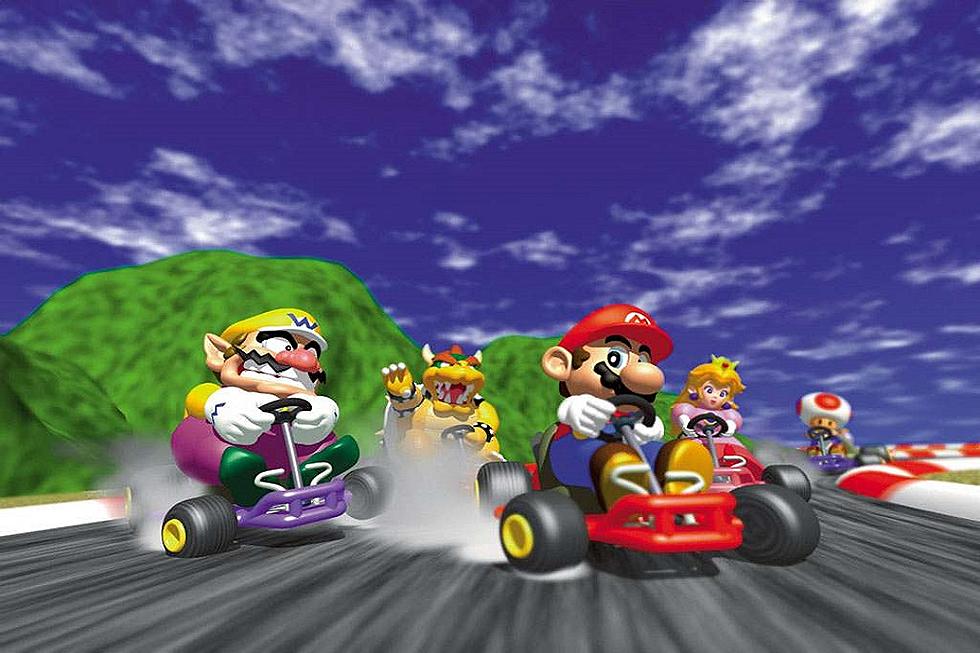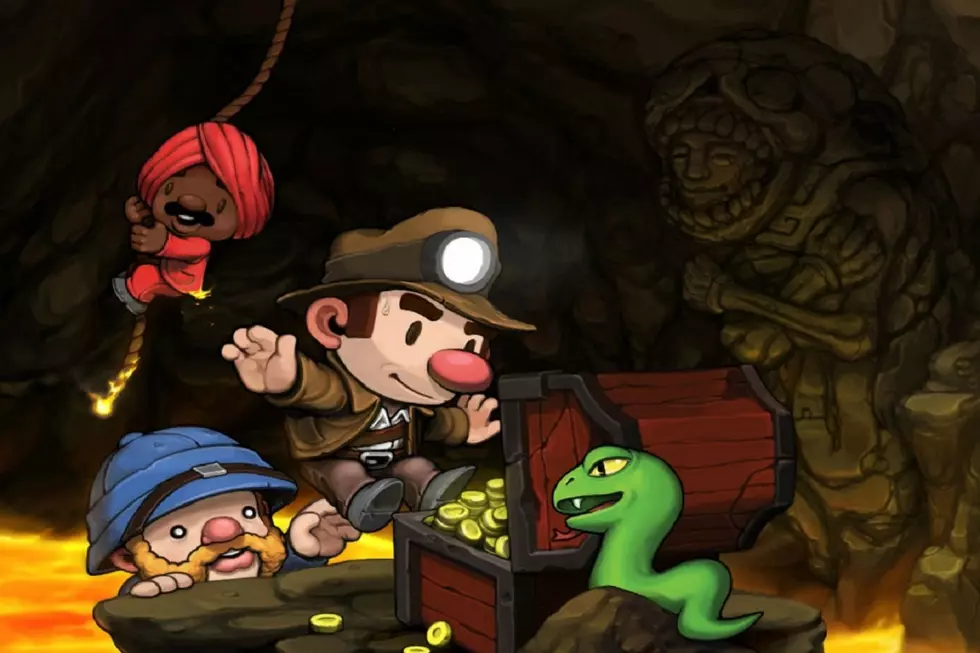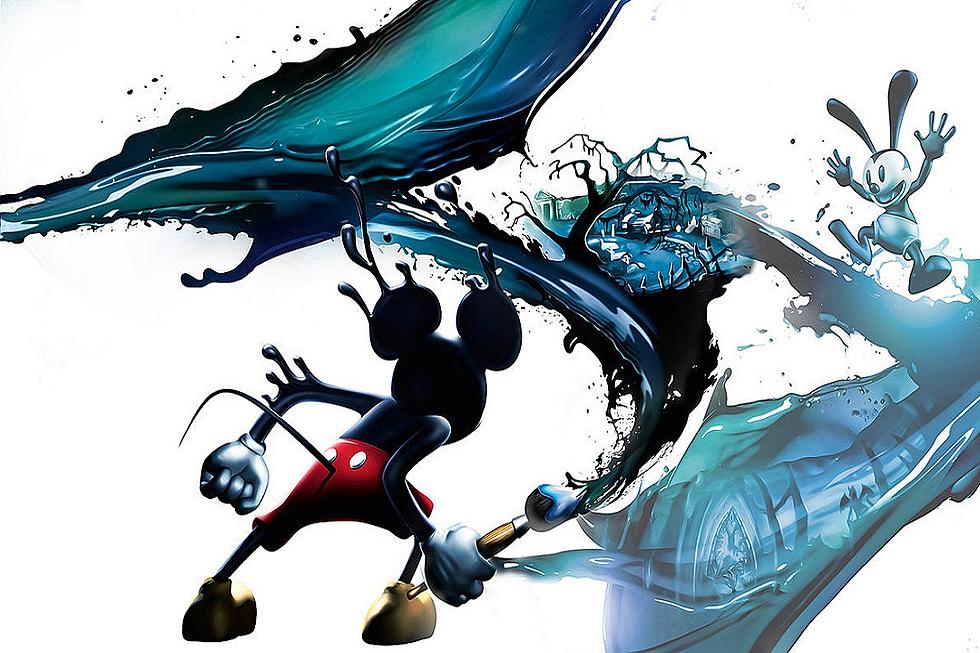
The Change of Pace With Lara Croft and the Guardian of Light
Company, developer and intellectual property licenses switch hands through the gaming industry on a regular basis. As everyone works to get the most out of their products, it’s not out of the ordinary to see a big name change hands, switch staff or come under new ownership. Often times, when it’s an established and beloved franchise, this means anxiety for many fans. Take Lara Croft and the Guardian of Light for instance. This was a game that came in time of huge transition for Crystal Dynamics. It was the first game to come out of the studio after Square Enix had acquired longtime Tomb Raider publisher Eidos Interactive. As Crystal Dynamics began a new era, fans worried whether they’d be able to keep stride and run business as usual. Luckily, worries were for naught and on this day in 2010, we were treated to an awesome and refreshingly different Tomb Raider game.
Leading up to Guardian of Light, it’s easy to see why fans may have been worried. It was in 2009 that Square Enix announced a takeover of Eidos, gaining all of its licensed properties in the process. It didn’t help that Tomb Raider: Underworld was a definitive finale to the series in many ways, ending a trilogy that began with Tomb Raider: Legend in 2006. Indeed, much of the Crystal Dynamics team considered Underworld to be the end of an era and took months to look over Tomb Raider and decide what was worth exploring next. They experimented with ideas and putting together thoughts on how a new Tomb Raider would even work. To the surprise of the world, they would come up with an isometric action shooter with an emphasis on co-op.
This new game flew in the face of everything we knew about Lara Croft and the franchise behind her. It was the first time Croft starred in anything outside of adventure games. It was also the first time co-op or fixed isometric cameras were introduced. Even more strange, the title didn’t even carry the Tomb Raider branding. Was it just a cheap cash-in? Absolutely not. It was simply a means of differentiating from the reboot of the series that Crystal Dynamics was going to unveil a few years later. What Guardian ended up being was an aside for the team to have a little fun with what they had created from the previous trilogy.
The most important aspect the team focused on with Guardian of Light is multiplayer functionality that didn’t hinder a single-player experience. The game allows for one player to take on the role of Lara and another to take on an ancient Mayan warrior known as Totec. In co-op, Lara has her signature dual pistols and can use a grappling hook to make lines across gaps that Totec can tightrope walk across. Meanwhile, Totec has access to spears that can be thrown into the environment, which Lara can then use to reach otherwise unattainable areas. If no second player is present, Lara has the tools to play the game along a different path that makes single player and multiplayer unique from one another and avoids forcing the player to rely on an annoying AI to play Totec for them.
The game ended up playing off of its preceding trilogy in a lot of ways. The engine used to create and render most of Tomb Raider: Underworld was again used for much the visuals and effects in Guardian of Light. Some of the music from the trilogy was also remixed and reused in Guardian of Light. All of this together was used to create a certain sense of familiarity that fans who had played the trilogy would recognize, despite the enormously different approach the gameplay took.
In the end, Lara Croft and the Guardian of Light ended up paying off for Crystal Dynamics. Despite the differences from all other entries, the game ended up being another enjoyable adventure with everyone’s favorite female video game treasure hunter. Guardian of Light was good enough that even after the Tomb Raider reboot had finally landed in 2013, the team would return to isometric action shooter co-op only a year after with Lara Croft and the Temple of Osiris. These two games stand out from the series more than perhaps any other entries for their fresh take on what we know and love. Some franchises buckle under the introduction of such drastically different ideas when ownership changes hands. Lara Croft and Crystal Dynamics just keep on keeping on.
More From Arcade Sushi









